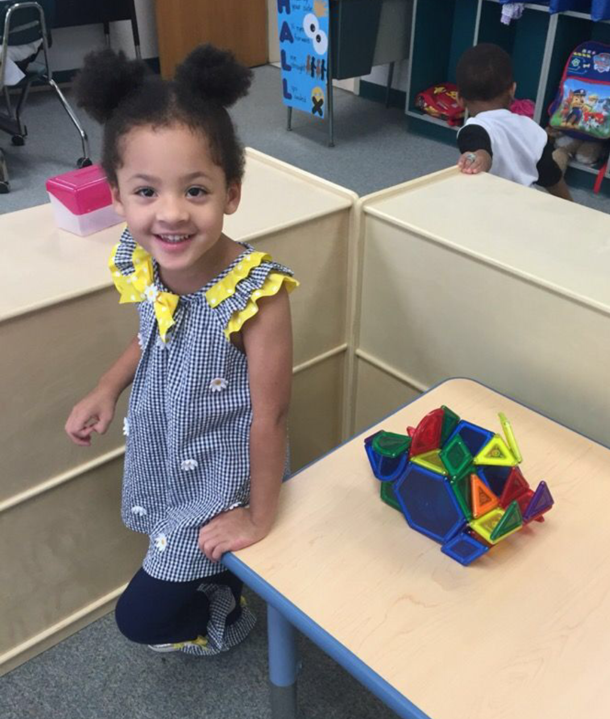Understanding implicit bias and its role in educational practices is a critical step in changing school environments and interactions between administrators, teachers, families, and children. Research has identified concerning trends that show how implicit bias affects teachers’ instructional practices, interactions with students, school discipline, and special education eligibility and placement decisions. African American boys make up 19% of the preschool male population; yet they represent 45% of all preschool boys suspended. 54% of the female preschoolers suspended are African American even though they only represent 20% of the female preschool population. Overall, children who are African-American are 3.6 times more likely to be suspended than their White peers. Walter Gilliam and others published a report in September 2016 about a study conducted to determine if preschool teachers displayed any biases when observing children of different races (Do Early Educators' Implicit Biases Regarding Sex and Race Relate to Behavior Expectations and Recommendations of Preschool Expulsions and Suspensions?). This study showed that educators watched Black boys more closely than they watched the other children, and 42% of them reported those children needed more attention than the other children did. Understanding and being able to communicate what implicit bias is and how it affects early childhood settings are huge steps toward preventing the adverse effects of implicit bias. If you are aware that implicit bias exists, you can work on implementing strategies to reduce acting and responding based on implicit bias.
2017

